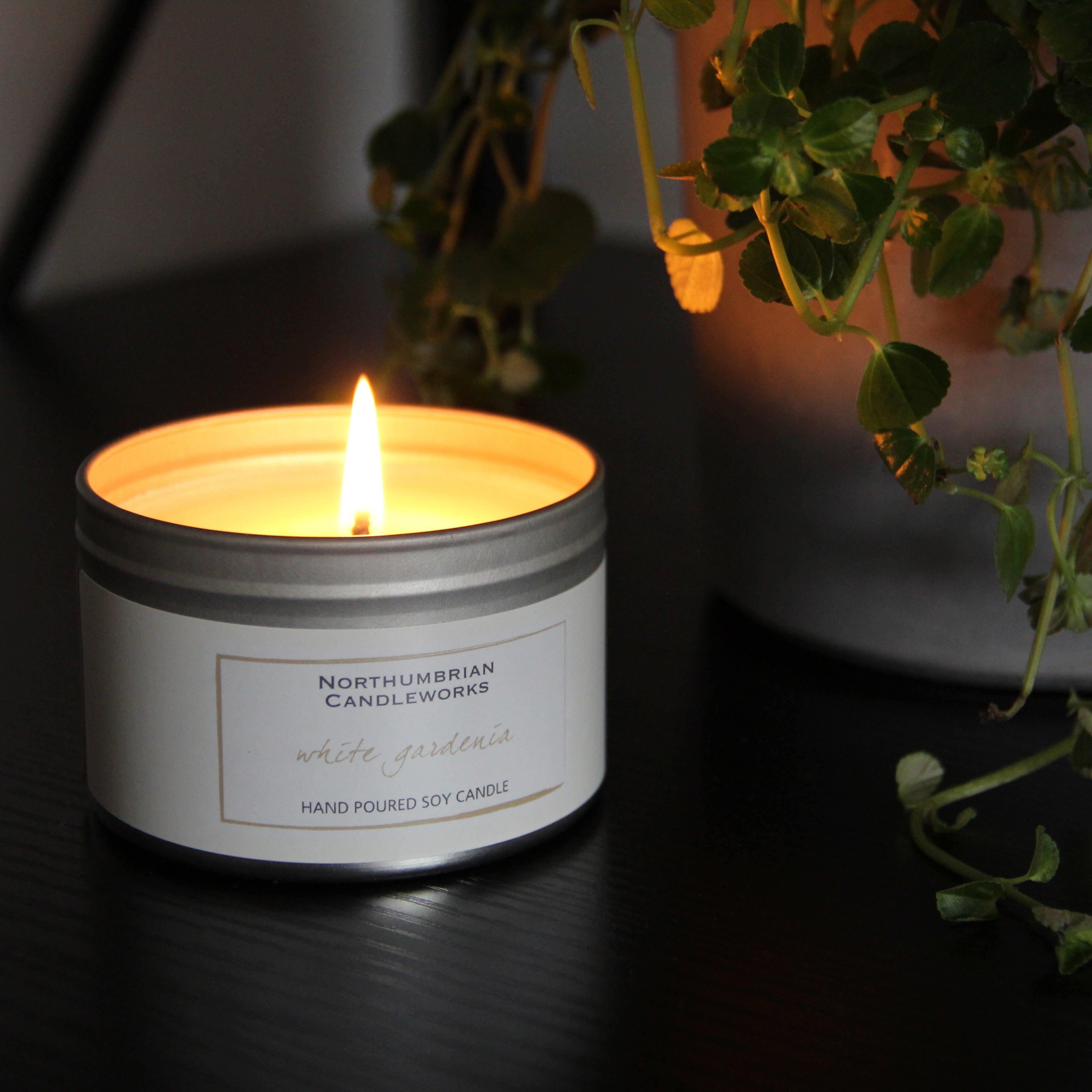Find out the Magic of Crystal Soy Candles and Home Fragrance
Find out the Magic of Crystal Soy Candles and Home Fragrance
Blog Article
From Wick to Wax: Recognizing the Chemistry Behind Soy Wax Candles and Their Environmental Impact
As we brighten our areas with the cozy glow of candle lights, there exists a world of intricate chemistry behind the apparently easy act of lighting a soy wax candle. The choice in between soy and paraffin wax expands beyond mere looks, diving right into the world of environmental influence and the really structure of the products. Comprehending the molecular structure of soy wax and its combustion process loses light on the discharges released into our surroundings. Join us as we untangle the clinical intricacies behind soy wax candles and explore their effects on our environment.
Soy Wax Vs. Paraffin Wax
When comparing soy wax and paraffin wax for candle production, it is vital to understand the distinctive attributes and advantages of each product. Soy wax is an all-natural, eco-friendly source stemmed from soybean oil, making it environment-friendly and eco-friendly - soy wax candles. In comparison, paraffin wax is a byproduct of oil refining, which raises concerns about its ecological effect and sustainability
Soy wax candles melt cleaner and release much less soot compared to paraffin wax candle lights, making them a healthier option for indoor air high quality. Additionally, soy wax has a lower melting factor, enabling a longer-lasting candle that distributes scent better. Paraffin wax, on the various other hand, tends to shed faster and less cleanly, possibly releasing dangerous chemicals into the air.
From a sustainability viewpoint, soy wax is favored for its biodegradability and renewable sourcing, straightening with the expanding customer preference for ecologically conscious items. While paraffin wax has been a standard selection in candle light making as a result of its affordability and ease of usage, the change towards environmentally friendly options like soy wax is getting momentum in the market.
Chemical Make-up of Soy Wax

Burning Process in Soy Candles
The chemical composition of soy wax straight affects the combustion procedure in soy candle lights, affecting elements such as melt time, fragrance release, and ecological impact. When a soy candle is lit, the warmth from the fire melts the wax near the wick. This liquid wax is after that created the wick due to capillary action. As the liquid wax reaches the flame, it undergoes and evaporates burning. The burning process entails the vaporized hydrocarbons in the wax responding with oxygen airborne to create warmth, light, water vapor, and co2.
The burning effectiveness of soy candle lights is influenced by the pureness of the soy wax and the high quality of the wick. Additionally, soy wax candles have a lower environmental impact compared to paraffin candle lights due to their renewable and eco-friendly nature.

Ecological Advantages of Soy Wax

Considered a sustainable choice to typical paraffin wax, soy wax supplies remarkable environmental benefits that make it a prominent selection among eco-conscious consumers. One considerable advantage of soy wax is its sustainable sourcing. Soy wax is originated from soybean oil, which is mainly cultivated in the USA. The growing of soybeans helps sustain regional farmers and reduces the reliance on non-renewable fossil fuels utilized in paraffin wax manufacturing. Furthermore, soy wax is naturally degradable, meaning it damages down normally without releasing unsafe contaminants into the setting. This particular makes soy wax candles a much more ecologically pleasant choice compared to paraffin wax candles, which are made from petroleum, a non-renewable source. Moreover, additional hints soy wax burns cleaner and generates less soot than paraffin wax, adding to much better indoor air top quality and lowering the demand for cleansing and upkeep. On the whole, the ecological benefits of soy wax line up with the growing demand for environment-friendly and sustainable products on the market.
Recycling and Disposal Considerations
Recycling and correct disposal of soy wax candles play a crucial function in maintaining ecological sustainability and lowering waste in houses and communities. The initial step is to ensure that the candle has actually shed entirely when it comes to recycling soy wax candles. This can be achieved by enabling the candle to burn up until the wick is no longer useful, and afterwards allowing the remaining wax cool and strengthen. As soon go now as the wax has actually solidified, it can be carefully removed from the container.

In terms of disposal, if recycling is not an option, soy wax candles are biodegradable and can be safely thrown away in the majority of house waste systems. It is always advised to examine with local reusing facilities or waste management solutions for specific guidelines on candle light disposal to guarantee appropriate why not try here handling and environmental protection.
Final Thought
Finally, the chemistry behind soy wax candle lights discloses their ecological benefits over paraffin wax candles. Soy wax, originated from soybean oil, burns cleaner and creates much less residue when compared to paraffin wax. The combustion procedure in soy candle lights is more efficient, resulting in a longer and much more even burn. Furthermore, soy wax is naturally degradable and renewable, making it a more lasting selection for candle manufacturing. Recycling and appropriate disposal of soy wax candles even more add to their environmental impact.
When contrasting soy wax and paraffin wax for candle making, it is crucial to understand the distinct attributes and advantages of each product (home fragrance).Soy wax candle lights burn cleaner and give off less soot compared to paraffin wax candle lights, making them a healthier selection for interior air top quality.Thought about a lasting choice to standard paraffin wax, soy wax provides remarkable ecological advantages that make it a popular option amongst eco-conscious customers. Soy wax burns cleaner and produces much less soot than paraffin wax, adding to far better interior air top quality and minimizing the requirement for cleaning and upkeep.In conclusion, the chemistry behind soy wax candles discloses their environmental advantages over paraffin wax candle lights
Report this page